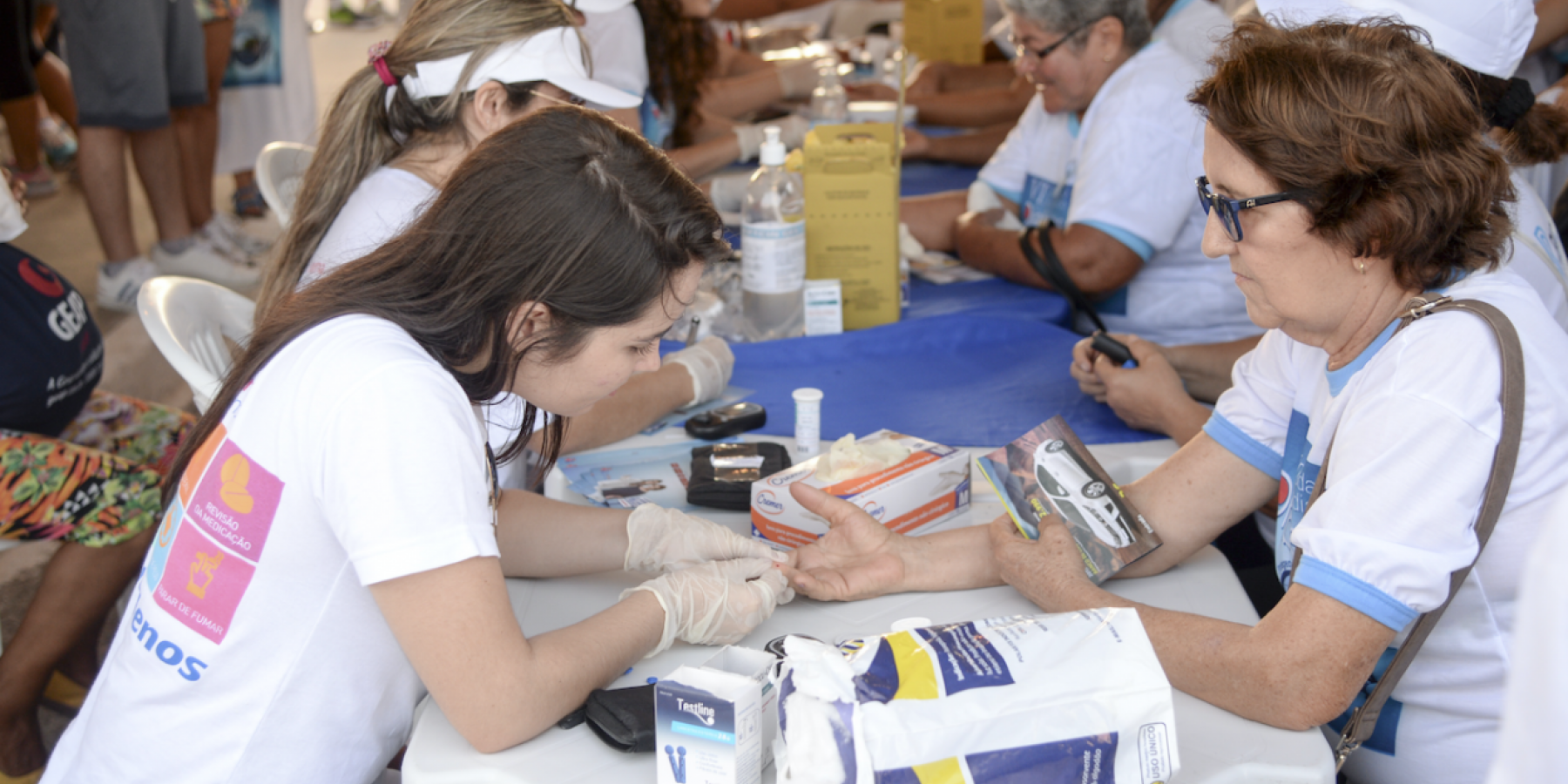Compact and convergence – a new century must bring new hope for people living with diabetes, worldwide
12th April 2021

12th April 2021
Why have we, as the global diabetes community, so far not succeeded better? Did we focus too much on an overly complex ‘multisectoral NCD response’? No, we didn’t, integrated solutions must be the answer, and so much normative and policy work has been done to bring us all forward into the age of universal health coverage.
Did we invest enough? Did we invest well? No, we didn’t, diabetes and other NCDs are still largely neglected when the global health-development-financing puzzle is laid. In that puzzle, the big pieces are not in proportion to real world epidemiology. We must remake the pieces and lay them differently.
Can we advance the balanced road map for health system development towards a world of universal health coverage, where diabetes is efficiently prevented and adequately controlled? Where the rise of diabetes is indeed halted and even reversed? Where affordable access to diabetes care and medication is, always, right there at the local primary health centre? Where households are supported routinely by community health workers? And, where technology has made digital health solutions tangible even to the most marginalised child, adult or elderly with diabetes seeking to control blood sugar levels every day?
These are the challenges posed to us through the ‘Global Diabetes Compact’ launched by the World Health Organization (WHO) this week[3]. Unprecedented in scope and ambition, firmly focused on post-COVID recovery, the new WHO Compact outlines six clear components which all need urgent and constant investment and commitment if ever to succeed: stakeholder unity, integration, access to diabetes medicines, global targets, continuity of care (including within settings of humanitarian crisis), affordability.
But -most of all- the Compact emphasizes that ‘key to success will be alignment and united action across all sectors, public, private, philanthropic’. A small and short sentence with enormous potential, what does this demand from us?
Already back in 2015, Andrew Cassels spoke about the need to rethink international collaboration for the prevention and control of NCDs[4], pointing to the fact that ‘NCDs make for a highly contested and politicized field’ whereby the ‘urge to control does [imply the risk] of paralysis and a professional community that speaks primarily to itself’. If there is one headline of the Global Diabetes Compact it must be our shared agenda of convergence meaning our willingness to contribute into wider alliances and frameworks of partnerships, bringing our resources to countries, governments and civil society on the ground, embracing a role as part of something bigger. Will the Global Diabetes Compact help us all think differently and build new self-images? It must and it can, but only if we accept, as pointed out by Cassels, that ‘[progress] may be messy, fragmented, and piecemeal, but [that] change is possible and can be cumulative’. In other words, we have to accept that the advancement of diabetes care and prevention as part of a national NCD response will be different from country to country, government to government, community to community. We all carry our own path dependency as international agencies but it is time for us all to reach the same crossing and turn down the same road. The Global Diabetes Compact gives the framework and goals we have been waiting for.
The Compact allows differentiation but demands partnership, the Compact builds on existing commitments but promotes clarity. This is a momentum we cannot let go, and it is noteworthy, as mentioned by Cassels, ‘[that] work may not progress according to well-designed strategies’. The Global Diabetes Compact might not be a strategy, but it is strategic, and it is a set of coherent components which jointly will lead to the fulfilment of a global vision: To reduce the risk of diabetes and ensure that all people diagnosed with diabetes have access to quality care and treatment that is equitable, comprehensive, and affordable. Entering the second century since the discovery of insulin, we must remind ourselves that progress without health is not progress, and we must keep each other accountable and bring new hope to people living with diabetes worldwide, not through words but through action. Reaching the next UN High-Level Meeting on NCDs in 2025 will be unbearable if we have still failed to reach the millions of people with diabetes worldwide who rely on our ability to converge and scale up our efforts.
Bent Lautrup-Nielsen (@bent_lautrup) (@WorldDiabetesF) is Head of Global Development and Advocacy at the World Diabetes Foundation (WDF). He leads WDFs relations with key agencies at the global level, and he has worked for several years with ministries of health and other stakeholders in low- and middle-income countries worldwide to expand WDFs partnerships across the diabetes and NCD space.